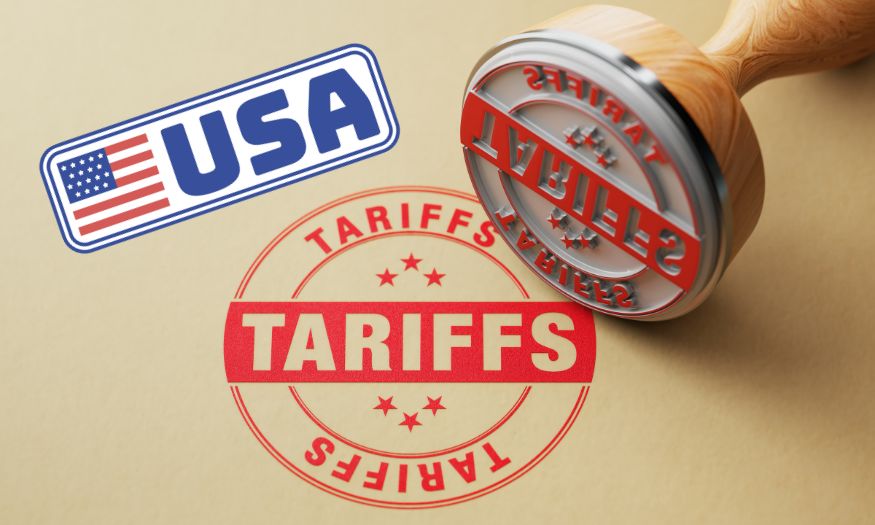In early April 2025, the United States launched a bold new tariff strategy that’s shaking up the global trade landscape. The U.S. has fired the latest shot in the global trade war — and while Malaysia isn’t directly targeted, we’re caught in the crosshairs. A 10% universal import tariff — excluding Canada and Mexico — is now in place, with higher “reciprocal” tariffs hitting 60 countries, including China (54%), the EU (20%), and Asian markets like Japan, South Korea, Taiwan, and India. For Malaysian exporters, manufacturers, and logistics firms, this isn’t just background noise; it’s a red alert for our supply chains, trade routes, and export partners.
So what exactly is the U.S. trying to do?
The U.S. says these tariffs are meant to:
- Boost local manufacturing
- Address trade imbalances
- Protect American national security and sovereignty
But they’re also creating ripple effects for global supply chains, including those reaching Malaysia.
Why This Matters to Malaysia
Even though Malaysia isn’t among the top targets yet, we’re deeply linked to countries that are.
📦 1. Supply Chain Disruptions
Malaysia’s industrial ecosystem is tightly integrated with tariff-hit countries.
Example:
Malaysian tech firms that source semiconductors from Taiwan or South Korea will face price hikes. These cost increases are likely to be passed down — or absorbed — hurting margins.
🔁 2. Ripple Effect from China & U.S. Tensions
U.S.–China tariffs now total up to 104% on Chinese goods, triggering massive cost escalations and retaliations.
Example:
A Malaysian glove exporter working with Chinese packaging suppliers or shipping routes via Shanghai may see delays, fees, or rerouting challenges.
🪙 3. Reduced Demand for Exports
As the U.S. tightens its import belt, especially on electronics, machinery, and intermediate goods, demand for Malaysian components and materials may fall, particularly for companies in E&E, palm oil derivatives, or furniture.
🚢 4. Freight & Logistics Repricing
Shipping costs and lead times could rise, especially if U.S. port delays worsen due to retaliatory measures from Europe or China.

🔥 Escalation Alert: U.S. – China Tensions
After China imposed its own 34% retaliatory tariff, President Trump threatened an additional 50% hike, which would raise total tariffs on Chinese goods to 104%. He gave China until April 8 to back down, or face total trade freeze. This heightens uncertainty for Malaysian firms with dual exposure to U.S.–China supply chains.
🧠 What Malaysian Businesses Should Do Now
✅ Reassess Suppliers
Explore sourcing alternatives beyond high-tariff countries.
✅ Review U.S. Exposure
If your products depend on components from nations facing new tariffs, factor that into pricing and timelines.
✅ Watch for Retaliation Risks
Malaysia could be caught in crossfire if trade tensions escalate further.
🧾 Bottom Line
The U.S. tariff wave is not just about American politics, it’s about global supply chain rewiring. Even if Malaysia isn’t directly targeted, businesses here will feel the heat through rising costs, shipping disruptions, and partner volatility.
Together let’s support local Malaysian brands, products, and businesses! ❤️





